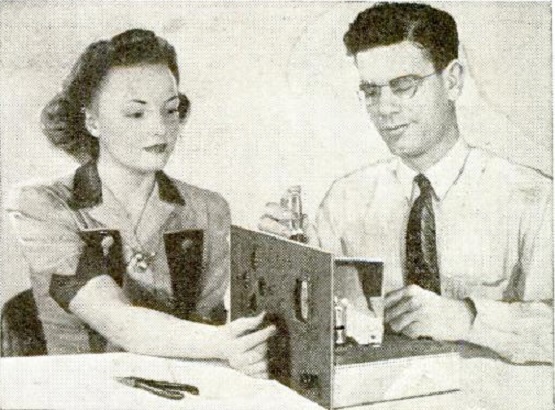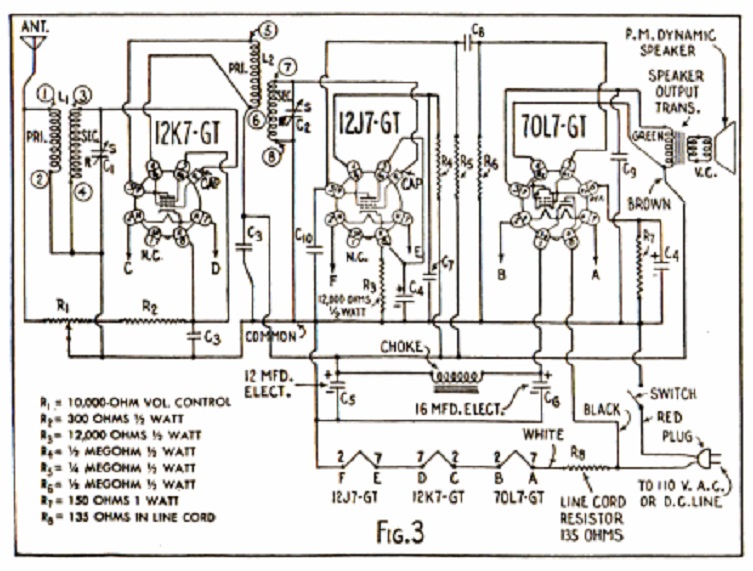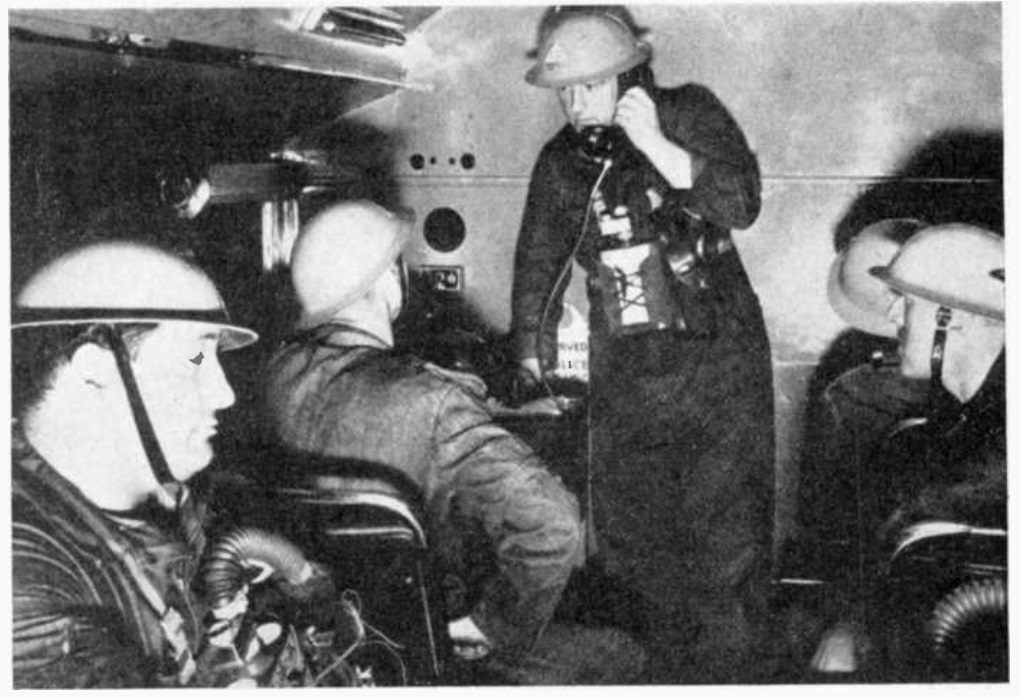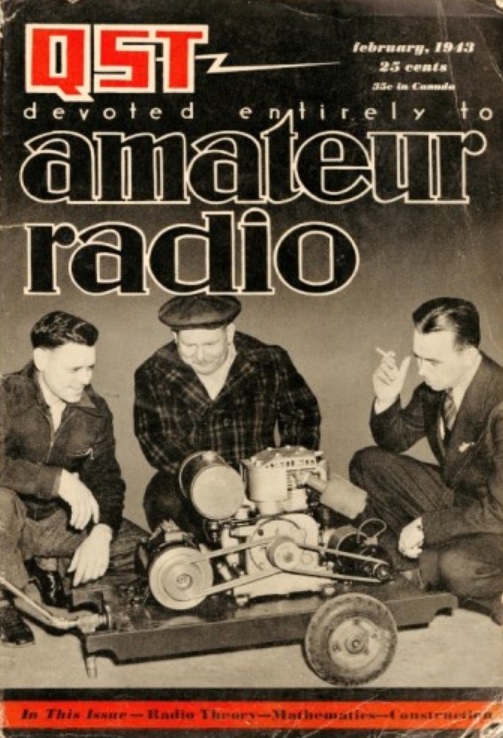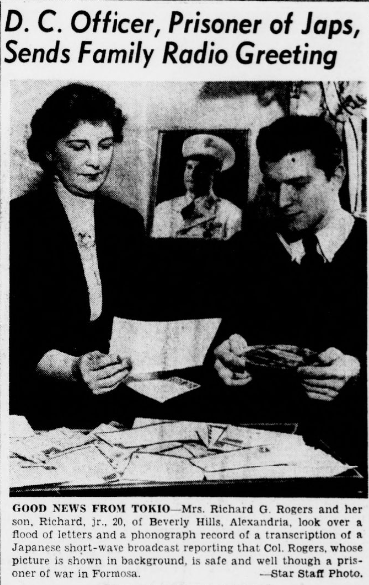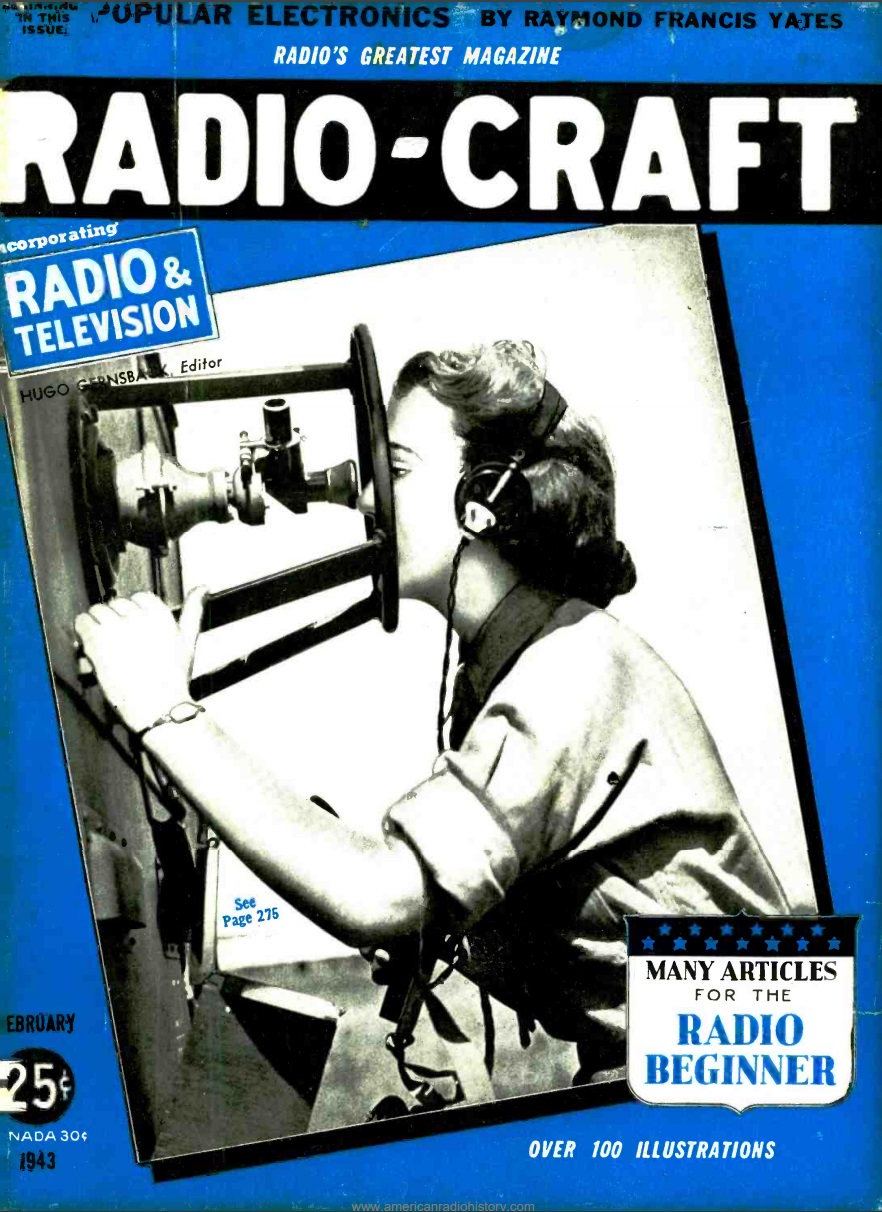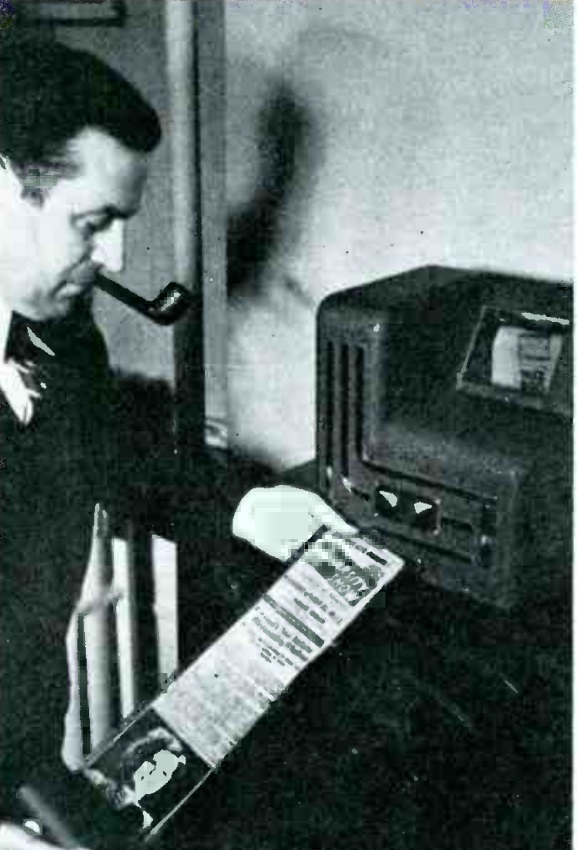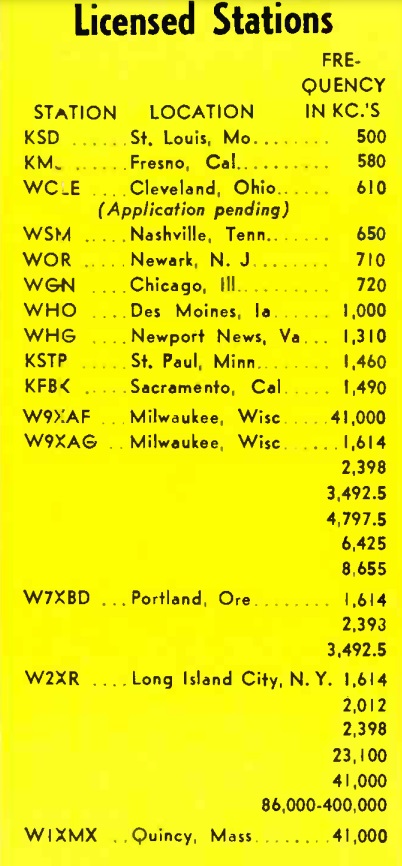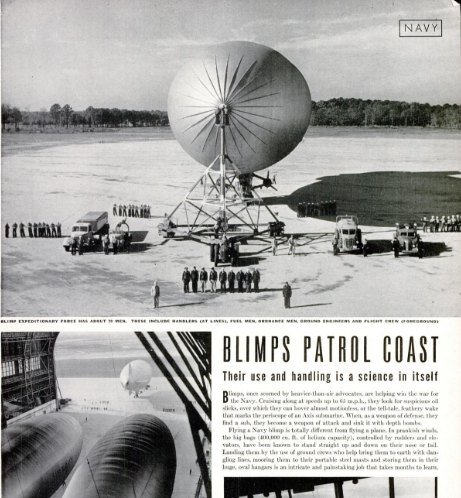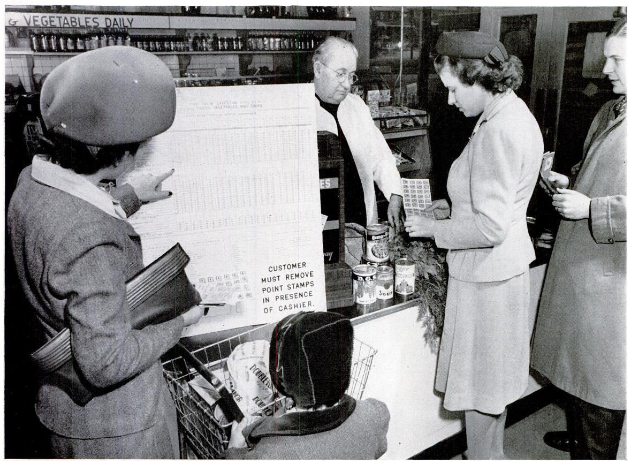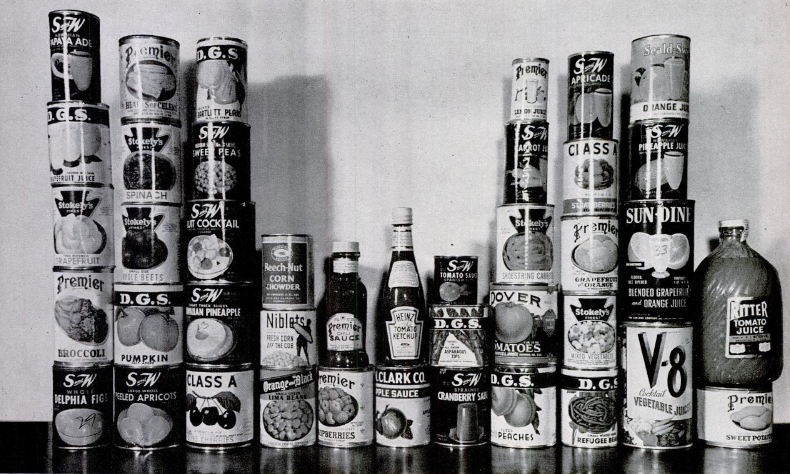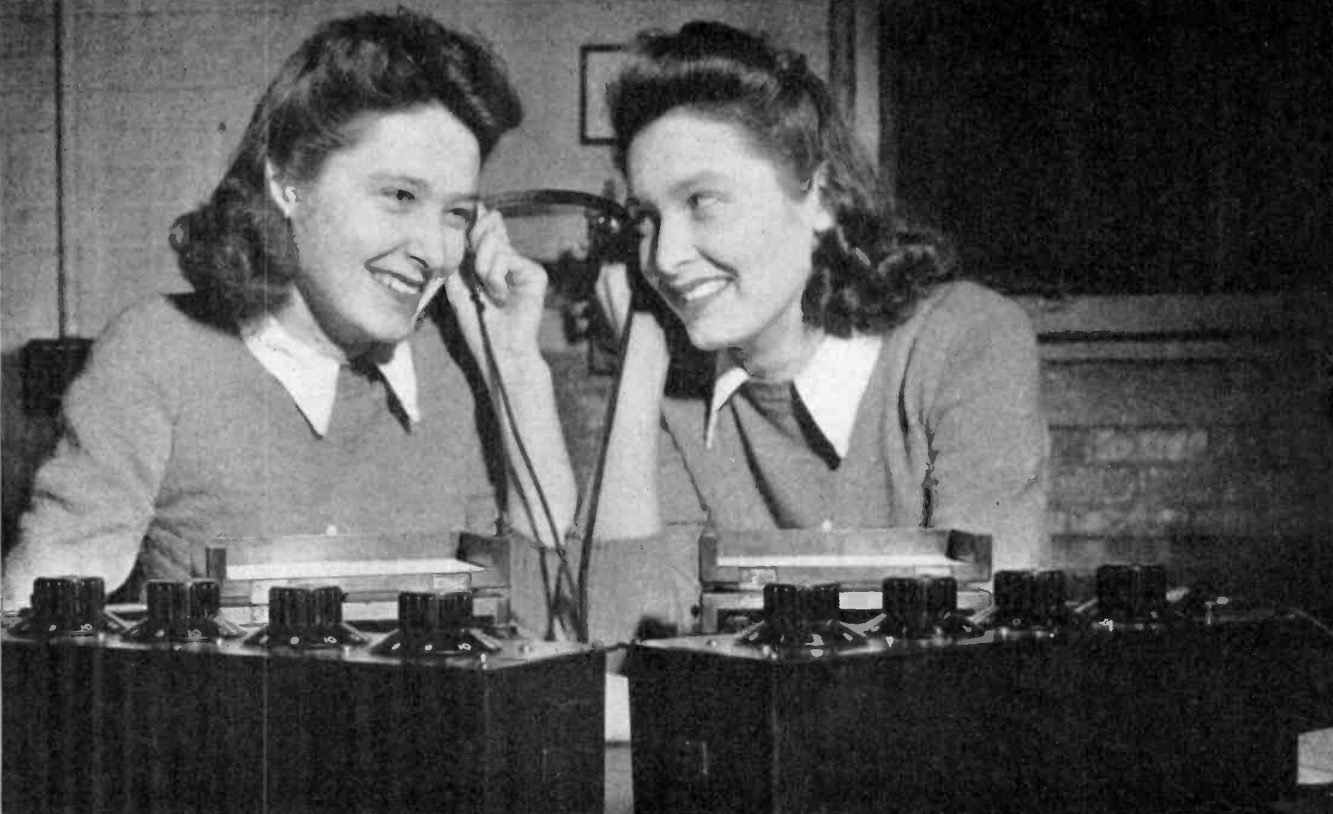 Eighty years ago this month, the February 1943 issue of Radio Retailing acknowledged that there had long been prejudice against women in the field of radio servicing. But the exigencies of war meant that the industry no longer had time for that luxury. Just as the armed services were incorporating women into their ranks, private industry was going to need to do the same thing. There was a war to be won, the men were overseas, and this meant that women would need to prove once and for all that they were capable of doing the work.
Eighty years ago this month, the February 1943 issue of Radio Retailing acknowledged that there had long been prejudice against women in the field of radio servicing. But the exigencies of war meant that the industry no longer had time for that luxury. Just as the armed services were incorporating women into their ranks, private industry was going to need to do the same thing. There was a war to be won, the men were overseas, and this meant that women would need to prove once and for all that they were capable of doing the work.
According to the magazine, “often we think of women as stenographers, clerks, small parts assemblers, and light machine operators. But that is no longer the case. Women are moving into the ranks of engineers, chemists, draftsmen and other technical and professional activities, as well as into any and every other occupation that once was reserved to men.” Just as there was a women’s corps in the armed services, the magazine stressed the need for a Women’s Corps for the Radio Store.
In hiring anyone, male or female, long experience was not required, but merely the proper training. And that training, more often than not, could take the form of friendly personal supervision, along with a free hand to exercise their natural talent for neatness and order.
The magazine concluded by noting that “women have made good in every occupation they have tackled, though it cannot be said that all employers have given women the same thoughtful selection, and training they have to men.”
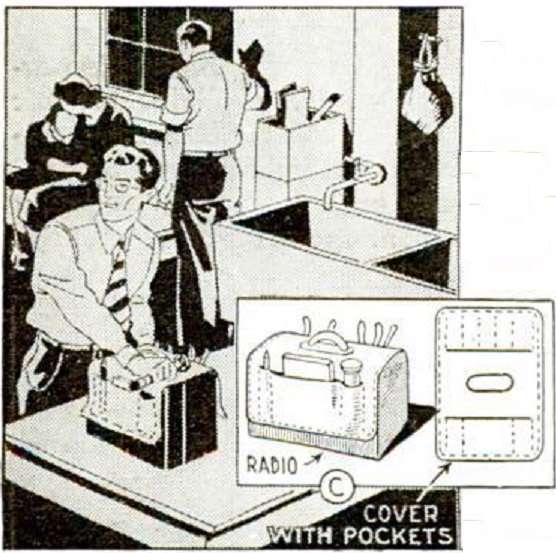 Eighty years ago this month, the March 1943 issue of Popular Mechanics showed this preparedness tip. During an air raid, the first thing you would of course grab would be the radio. This cloth cover fits over the set and contains other items needed during a blackout. As an added bonus, it covered the front and back of the set to keep any light from leaking out.
Eighty years ago this month, the March 1943 issue of Popular Mechanics showed this preparedness tip. During an air raid, the first thing you would of course grab would be the radio. This cloth cover fits over the set and contains other items needed during a blackout. As an added bonus, it covered the front and back of the set to keep any light from leaking out.
